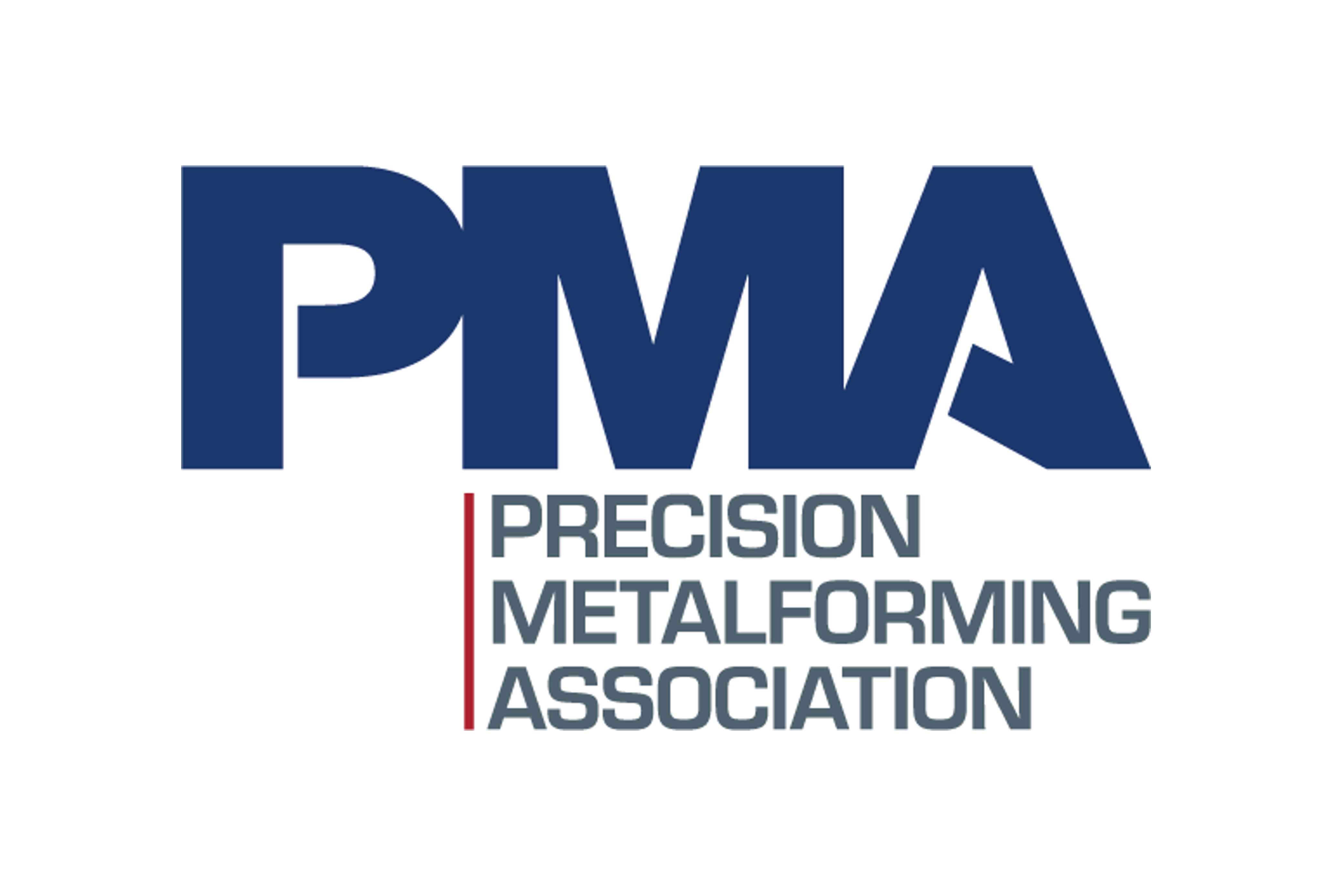Market Data

March 21, 2014
Steel Buyers Basics: Painted Steel Price Calculator
Written by Mario Briccetti
A few months ago I wrote a series of articles on coil coated painted steel. In the last week, the main suppliers of paint for this industry in the US have all announced price increases. I thought it might be a good time for a few follow up articles.
Buyers of coil coated painted steel do not actually purchase any paint, they purchase the service of painting from a coil coater – the coil coater buys the paint as part of the service they supply. Typically an end buyer never sees the actual price of the paint and only sees the resulting impact on the cost of the painting service. This article explains the amount of paint that is typically used in this process so that buyers can better understand what ability they have to negotiate paint increases.
Typically painted steel goes through the following processes:
Cleaning (both sides)
Pretreatment (both sides) so the primer coat will stick
Primer coat (both sides)
Backer coat (usually thin, protects the top coat when the steel is coiled up)
Finish or top coat
In a modern coil coating line, these steps are all done (at high speed) in one pass through the coil coating line. There are some types of coatings that require multiple passes through the coating line but I will deal with those in more detail in the next article.
The largest drivers for coil coating costs are the chemicals to clean and pretreat the steel, the primer paint, the backer paint and the topcoat paint. In addition to these costs are the capital cost of the coil coating equipment, the overhead costs (particularly natural gas to run the paint curing furnaces) and labor cost associated with running the equipment. So if paint costs rise by 4% what is a fair increase in the overall cost of coating steel?
Buyers can determine this if they know the amount of paint used per ton of the steel they have painted. In order to figure that out they need to first determine the amount of square feet of the steel per ton and then the amount of paint used per square foot of coil. For instance, 24 gauge galvanized steel (I’ll use 0.024” thickness) x 48 wide theoretically has 2,043 square feet of steel per ton.
A gallon of high-end Kynar paint might cost $100 and be applied at an average film thickness of 0.75 mills. However most of the paint is solvent (perhaps 60%) that evaporates during curing so only 40% of the gallon of paint remains to create the film thickness (known as DFT). There are 231 cubic inches in a gallons of liquid so one gallon of paint (with 40% solids remaining after curing) will cover 856 square feet of coil – it will take 2.39 gallons of paint to cover one ton of coil.
Painted ft2 per gallon = (0.40 * 231 in3/gal) / (0.00075in *144in2/ft2) = 856 ft2/gal
Gallons/ton = 2,043 ft2/ton / 856 ft2/gal = 2.39 gal/ton
At $100/gallon, the cost for just the topcoat paint (and only the top coat) is $239/ton or $11.94/cwt. A 4% per gallon paint increase means that the actual paint cost increase (again just for the single top coat layer) is about $0.48/cwt. While the topcoat price may be the largest factor in the cost of coil coating there are many other factors including the costs of the primers, pretreatment, backer and all the other overhead costs that go into coil coating. Buyers should estimate all of these costs (using the same method for presented for top coat) before negotiating pricing.
Typically coaters will ask for increases for themselves whenever the paint suppliers increase their prices. Negotiating rule number 2 says that information is power — astute buyers should try to separate out what only the paint increase is and what is additional for the coil coater. Be aware, each color of paint, each type of paint and each type of primer will have their own costs per gallon, their own percentage of solids remaining after curing and their own applied thickness – that’s what spreadsheets are for.
Next week, a description of more complex coil coated paint systems and how they should be priced.






